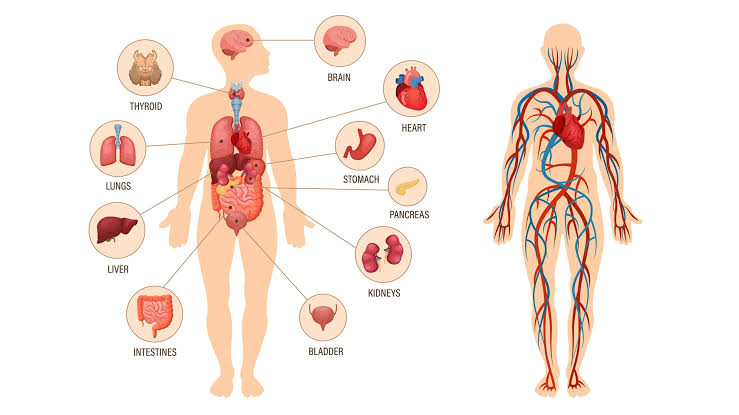EXCRETORY SYSTEM
1. Substances partially reabsorbed in PCT:
a. Sodium,
b. Potassium,
c. Chloride
2. In presence of vasopressin, maximum reabsorption ofwater takes place in: PCT (even in absence of
3. vasopressin, maximum reabsorption of water takes place in PCT)
4. Substances completely reabsorbed in PCT:
a. Glucose,
b. Bicarbonate,
c. Water
5. Action of renin: Converts angiotensinogen to angiotensin I
6. Factors stimulating renin secretion:
a. Low BP,
b. Hyponatremia etc.
7. Glucose transport occurs with: Sodium
8. Macula densa is: Epithelial lining of distal tubule
9. Tubuloglomerular feedback is mediated by sensing: Sodium chloride in densa
10. Loop of Henle does not handle: Urea
11. Filtration fraction is calculated as: GFR/ RPF; 20%
12. GFR (inulin clearance) is: 125 ml/ min
13. Normal creatinine level: 0.6-1.2 mg%
14. Urea clearance: 88 ml/ min
15. Hormones secreted by kidney -
a. erythropoietin,
b. thrombopoitein,
c.renin & 1, 25 dihydroxy cholecalciferol.
16. Total nephrons in one kidney - 1 – 1.3 millions nephrons
17. GFR - 125 ml / minute or 180 liters / day.
18 .urine formation in a day - 1 – 1.5 liters
19. Urine osmolality in diabetes insipidus - 300 mmol/L.
20. protein excretion - 50 -150 mg%
21. urea clearance - 44 ml/min.
22.
Renal blood flow - 25% of cardiac output (1300 ml blood/min).
23. proximal convoluted tubules - Glucose and amino acid are absorbed
24. renin produced by - Juxtaglomerular cells .
25.
PAHA test - to assess renal blood flow
26.
Clearance test - includes inulin clearance, creatinine clearance & PAHA test.
27.
water lost as sweat per day - 600-800 C.C


.jpg)
.jpeg)

